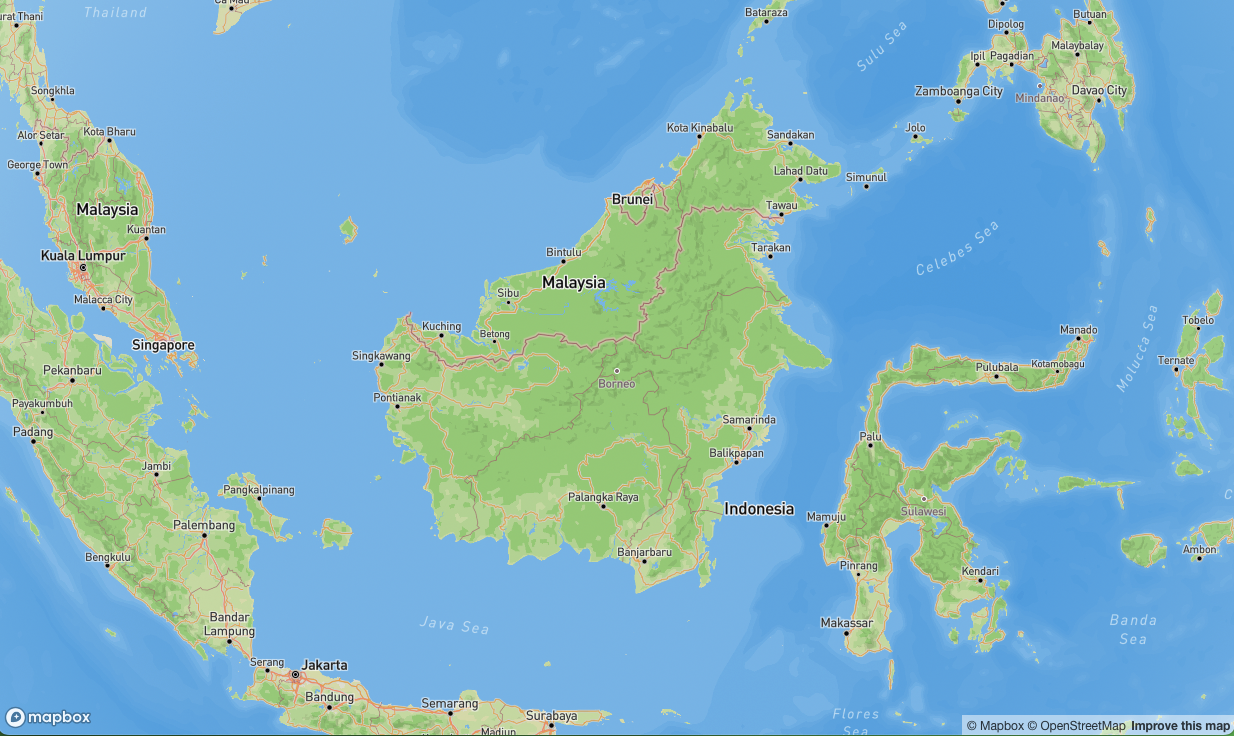https://github.com/gilles-mastropasqua/nextjs-minimal-mapbox
This project provides an example of how to use Mapbox GL JS in a Next.js application. It demonstrates the integration of Mapbox with a simple interactive map. The map uses Tailwind CSS for styling and supports environment variable configuration for security purposes.
https://github.com/gilles-mastropasqua/nextjs-minimal-mapbox
mapbox mapbox-gl maplibre maplibre-gl nextjs react tailwind
Last synced: about 1 month ago
JSON representation
This project provides an example of how to use Mapbox GL JS in a Next.js application. It demonstrates the integration of Mapbox with a simple interactive map. The map uses Tailwind CSS for styling and supports environment variable configuration for security purposes.
- Host: GitHub
- URL: https://github.com/gilles-mastropasqua/nextjs-minimal-mapbox
- Owner: gilles-mastropasqua
- Created: 2024-10-21T16:58:32.000Z (about 1 year ago)
- Default Branch: master
- Last Pushed: 2024-10-23T16:08:42.000Z (about 1 year ago)
- Last Synced: 2024-12-19T14:49:12.575Z (12 months ago)
- Topics: mapbox, mapbox-gl, maplibre, maplibre-gl, nextjs, react, tailwind
- Language: TypeScript
- Homepage: https://nextjs-minimal-mapbox.vercel.app
- Size: 69.3 KB
- Stars: 0
- Watchers: 1
- Forks: 0
- Open Issues: 0
-
Metadata Files:
- Readme: README.md
Awesome Lists containing this project
README
# Next.js Mapbox Example
This project provides an example of how to use Mapbox GL JS in a Next.js application. It demonstrates the integration of Mapbox with a simple interactive map. The map uses Tailwind CSS for styling and supports environment variable configuration for security purposes.

## Live Demo
You can check out the live version of this project here:
[Next.js Minimal Mapbox - Live Demo](https://nextjs-minimal-mapbox.vercel.app)
## Setup Instructions
### 1. Clone the Repository
First, clone this repository to your local machine:
```bash
git clone https://github.com/gilles-mastropasqua/nextjs-minimal-mapbox.git
```
### 2. Install Dependencies
Navigate to the project directory and install the necessary dependencies using npm or yarn:
```bash
cd nextjs-minimal-mapbox
npm install
# or
yarn install
```
### 3. Configure Environment Variables
Create a `.env.local` file in the root directory of your project and add your Mapbox access token:
```env
NEXT_PUBLIC_MAPBOX_API_KEY=your-mapbox-access-token
```
Make sure to replace `your-mapbox-access-token` with your actual Mapbox access token. This is necessary for authenticating your application with Mapbox services.
### 4. Run the Development Server
After setting up the environment variables, run the development server:
```bash
npm run dev
# or
yarn dev
```
Open [http://localhost:3000](http://localhost:3000) in your browser to see the application running.
## Code Explanation
The main component of interest is the `Map` component located in the file that imports `mapbox-gl`. This component initializes a Mapbox map, sets the default center coordinates to Borneo, and applies a specific map style (`outdoors-v12`).
```tsx
"use client";
// Importing Mapbox and its CSS styles
import mapboxgl from "mapbox-gl";
import "mapbox-gl/dist/mapbox-gl.css";
import { useEffect, useRef } from "react";
// Setting the Mapbox access token from the environment variable
// Make sure to add your Mapbox API key in the .env.local file like this:
// NEXT_PUBLIC_MAPBOX_API_KEY=your-mapbox-access-token
if (!process.env.NEXT_PUBLIC_MAPBOX_API_KEY) {
throw new Error("Mapbox API key is not defined in the environment variables.");
}
mapboxgl.accessToken = process.env.NEXT_PUBLIC_MAPBOX_API_KEY;
const Map = () => {
// Reference to the map container in the DOM
const mapContainer = useRef(null);
// Reference to store the Mapbox instance
const map = useRef(null);
useEffect(() => {
// Prevent re-initializing the map if it already exists
if (!mapContainer.current || map.current) return;
// Initialize the Mapbox map instance
map.current = new mapboxgl.Map({
container: mapContainer.current as HTMLDivElement, // The HTML container for the map
style: "mapbox://styles/mapbox/outdoors-v12", // Mapbox style to use
center: [114.21, 0.87], // Initial longitude and latitude for the map's center
zoom: 5, // Initial zoom level
});
// Clean up the map instance only when the component unmounts
return () => {
if (map.current) {
map.current.remove(); // Properly remove the map instance
map.current = null;
}
};
}, []);
// Render the map container as a full-screen div
return
;
};
export default Map;
```
### Key Parts of the Code:
1. **Environment Variables**: The Mapbox access token is pulled from `process.env.NEXT_PUBLIC_MAPBOX_API_KEY`. This allows for safe storage and easy updates of API keys without hardcoding them.
2. **`useRef` for DOM Reference**: The `mapContainer` reference is used to point to the DOM element where the map will be rendered. `map` is used to store the map instance.
3. **Mapbox Map Initialization**: The map is initialized using `new mapboxgl.Map()`, with coordinates set to center on Borneo (`[114.21, 0.87]`).
4. **Cleanup**: The cleanup function (`map.current.remove()`) ensures that the map is properly destroyed when the component is unmounted, preventing memory leaks.
### Example Usage
To use this `Map` component, simply import and include it in your page component:
```tsx
import MyMapboxMap from "@/app/components/MyMapboxMap";
export default function Home() {
return (
);
}
```
This example adds a title to the page and renders the `Map` component, displaying the interactive map below the heading.
## Notes
- The Mapbox access token must be kept secret. Avoid sharing your `.env.local` file or exposing your token in public repositories.
- The application uses Tailwind CSS to style the map container (`w-full h-screen`), ensuring the map takes up the full width and height of the viewport.
## Resources
- [Mapbox GL JS Documentation](https://docs.mapbox.com/mapbox-gl-js/guides/)
- [Next.js Documentation](https://nextjs.org/docs)
- [Tailwind CSS Documentation](https://tailwindcss.com/docs)
Feel free to explore these resources to further customize the map or add additional features such as markers, layers, or popups.
## License
This project is open source and available under the MIT License.